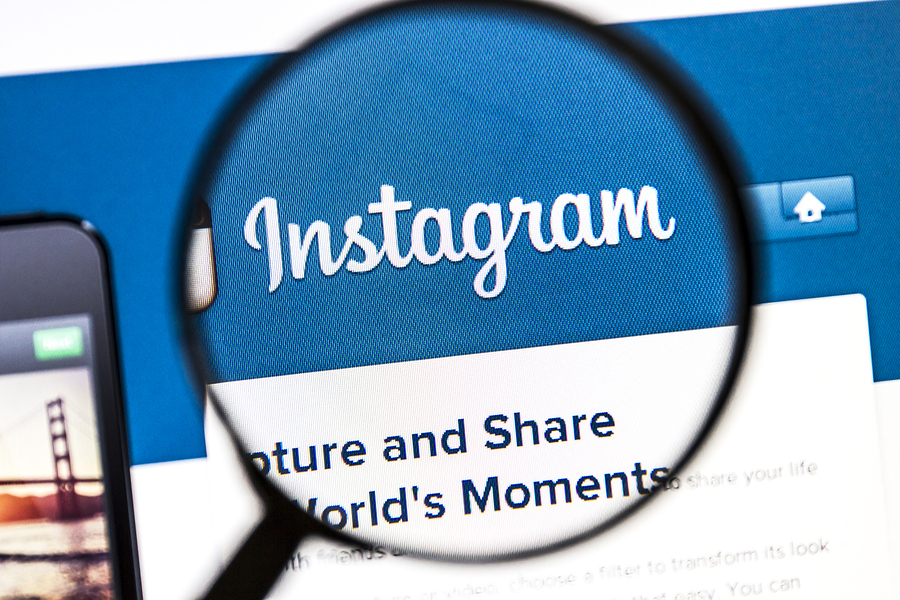
How to Use Instagram for B2B Marketing
by Rebecca Bleznak August 28th, 2014
With more than 75 million active daily users and 200 million monthly users, Instagram is a marketing channel that’s too significant for B2Bs to ignore, both for its filtered images and short video features. Even if your company is not selling a product that looks great when it’s photographed – like the clothing, food, or household objects sold by B2C businesses – your company can still leverage Instagram to build awareness around your services, corporate culture, and brand values.
Major B2B providers including General Electric (GE), Intel, Maersk Line, VMware, and Cisco have been utilizing the visual medium’s video capabilities. At only 15 seconds long, Instagram videos allow companies to deliver their brand’s message in a concise manner with innovative, creative, and sharable content that makes a major impact in just 15 seconds.
If your business is new to Instagram, it’s natural to wonder how to use Instagram for Business for B2B marketing. Focusing on GE, they’re a company that continues to communicate their core message of innovation through its use of social media. In addition, GE Works is GE’s mission to showcase not just their technology, but also the people, places and stories behind this technology. Here’s what they and other companies are doing right – and what your business can use for inspiration:
1. Showcase your products.
Let’s be honest: your latest technology may be truly revolutionary at solving an industry problem, but if you can’t clearly communicate what this technology does, it becomes hard to convey its value. Breaking things down in short “bite size” tidbits will help you produce a series of content that becomes informational. This can be helpful in understanding your latest technology while at the same time controlling the message, benefits and value.
Additionally, if you are pitching a reporter a story for some publicity, most reporters don’t have the time to do all of necessary research in order to fully understand your technology or product. This is where an Instagram campaign can really come in handy. Intel, for example, introduced businesses (and consumers) to the company’s new tablets with a series of clever Instagram posts where the new tablet “frames” famous cities and landmarks, like the Statue of Liberty and the Empire State Building.
2. Provide demos and tutorials.
In addition to showcasing new technology or your company’s services, Instagram video can be a great platform for introducing your current customers to new product features. The social media management software company Sprout Social uses Instagram to roll out new features to its software platform, such as this simple video that shows users how easy it is to drag and drop images into posts directly from the Sprout browser extension.
3. Get innovative.
GE has taken on the difficult task of presenting somewhat boring information in an attention-grabbing way. Their popular time-lapse “Juice Train” video, for example, follows a train delivering orange juice from Florida to New Jersey. The video showcases GE’s on-board analytics that make the trip operate smoothly, and a short version of it could now be created with Instagram’s new Hyperlapse app. Cisco also knows how to make technology humorous, posting holiday-themed images created from systems hardware and hardware jokes. Popular posts include the Bruce Springsteen tribute “Cabling in the USA” and a “motherboard” Mother’s Day card.
4. Showcase the people and culture behind your products.
Instagram can easily provide and inside look at the people and core values that drive your business from behind the scenes. Oracle, for example, uses its Instagram account primarily as a “community and culture” channel, with videos and images that feature a staff member cruising through the office on a scooter, office ping-pong battles, and summer BBQs.
5. Share company news.
Did your business just win a major industry award or land an amazing new hire? Are you celebrating a major company milestone? Rather than putting out a generic press release, use Instagram to share your big news with followers. Check out how MailChimp used Instagram to announce being named “Atlanta’s Most Bicycle-Friendly Business“.






